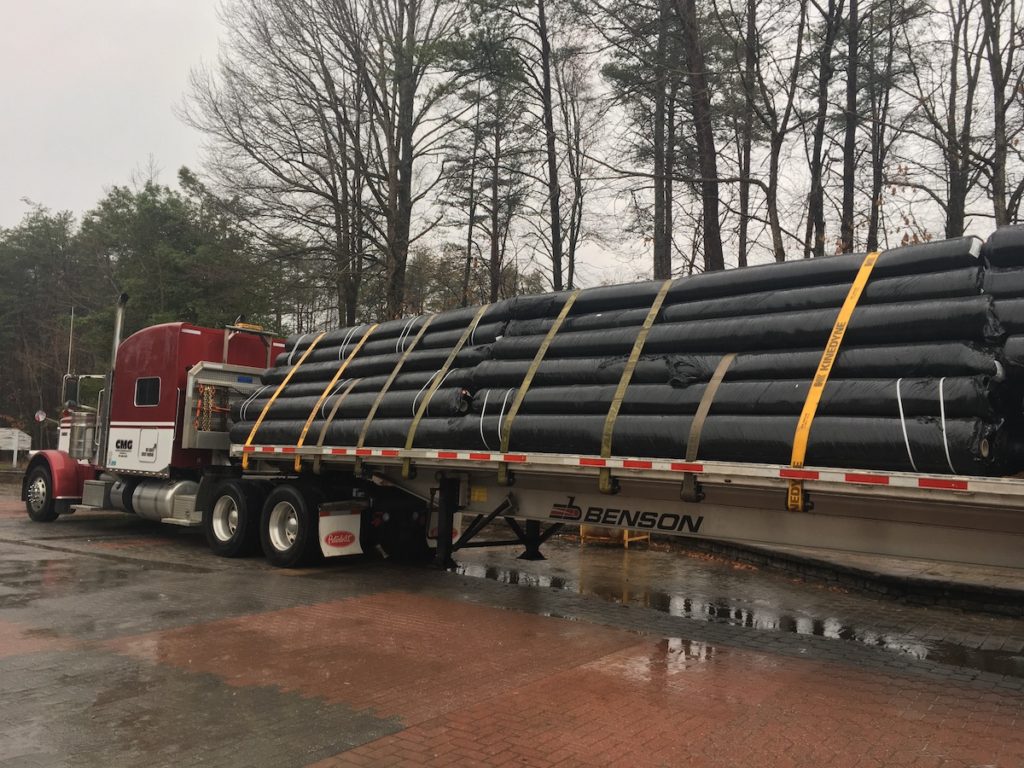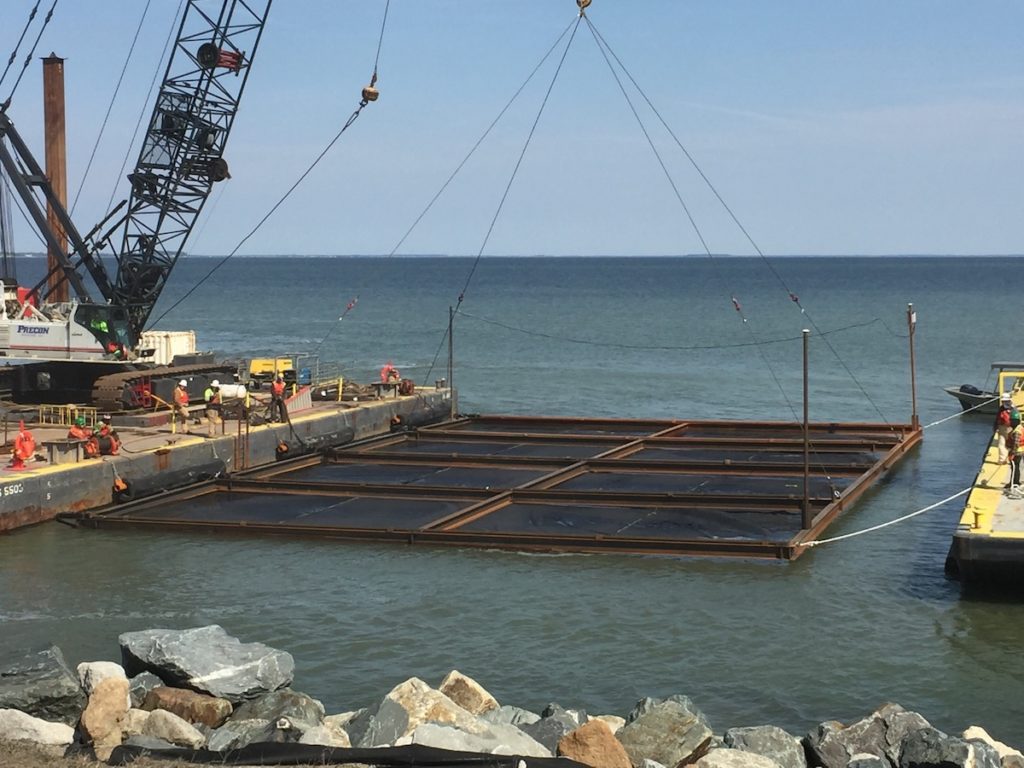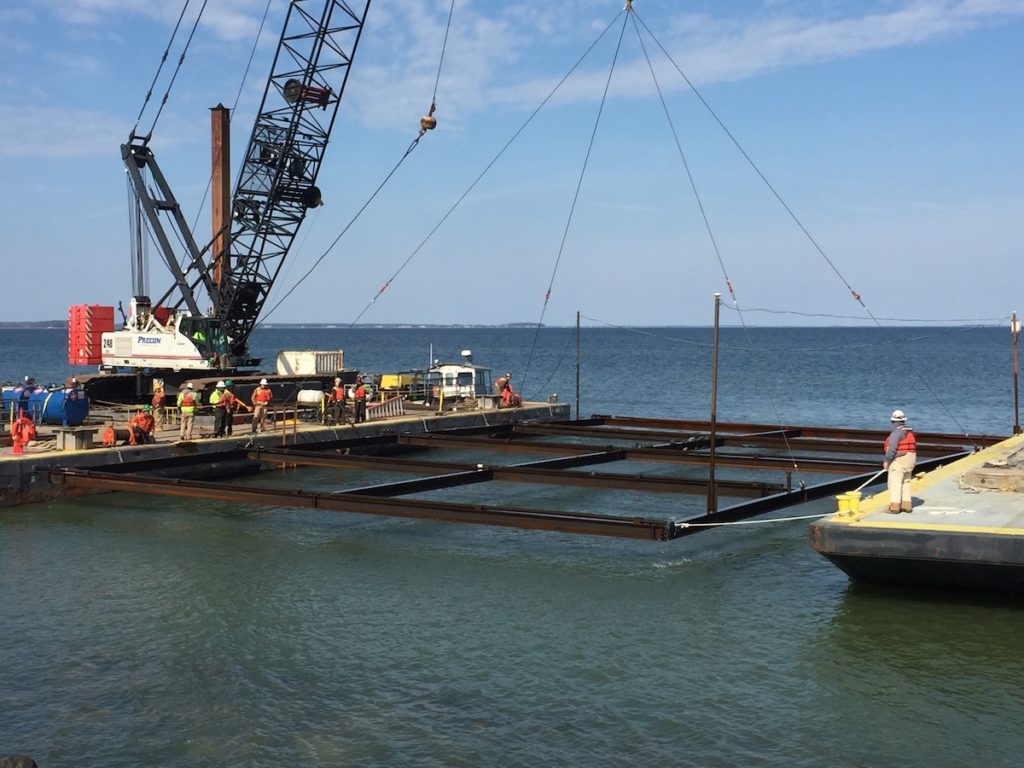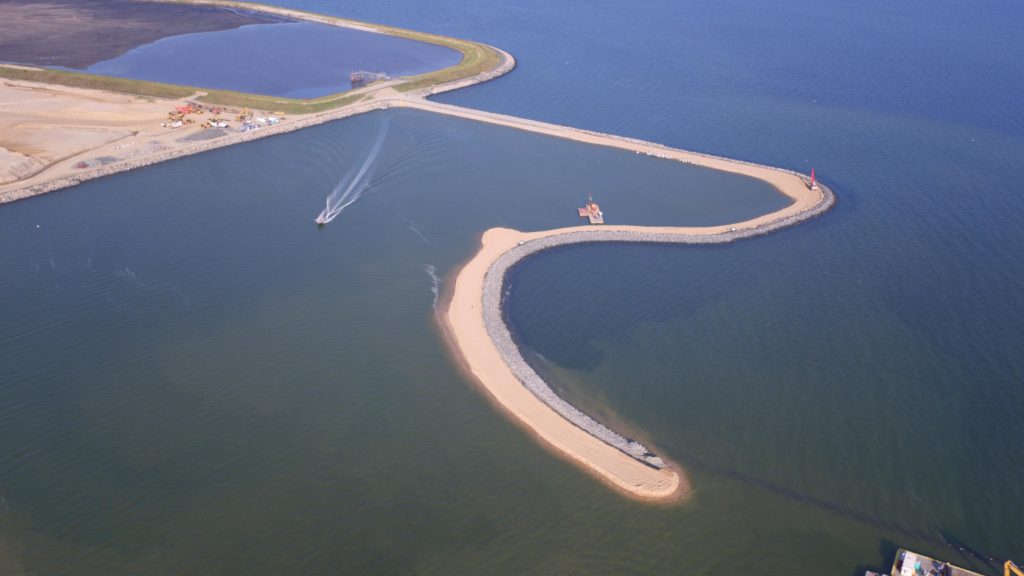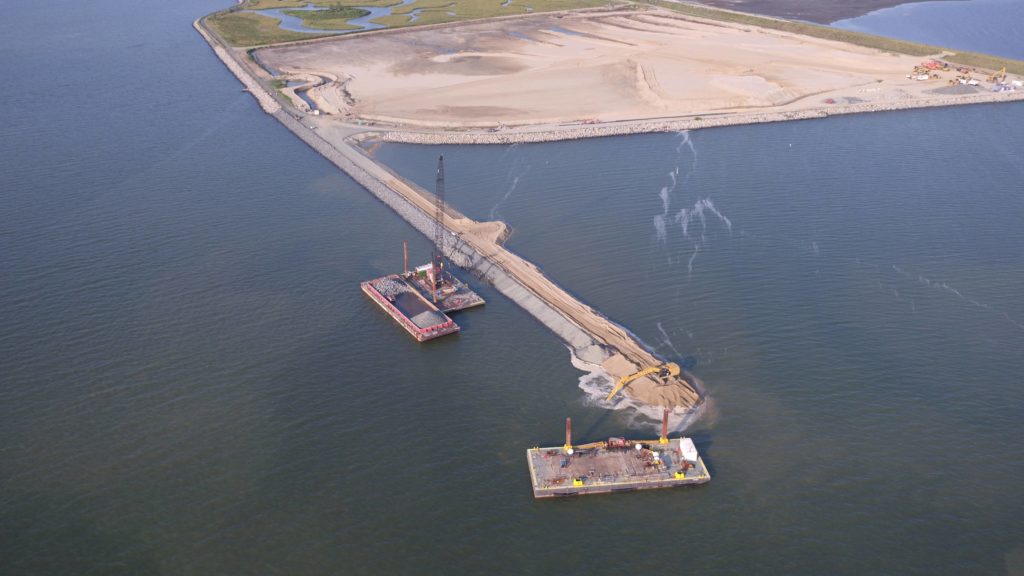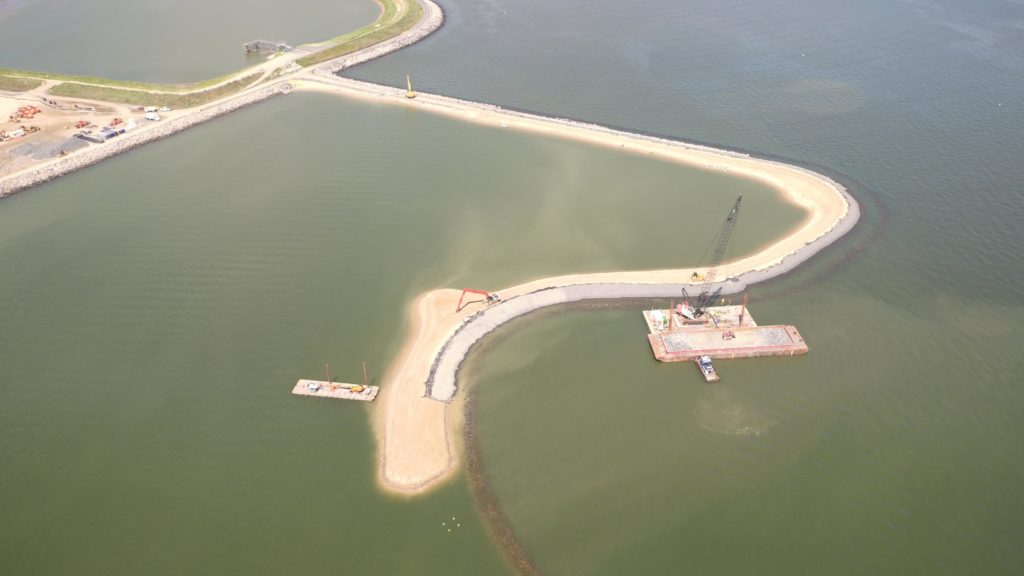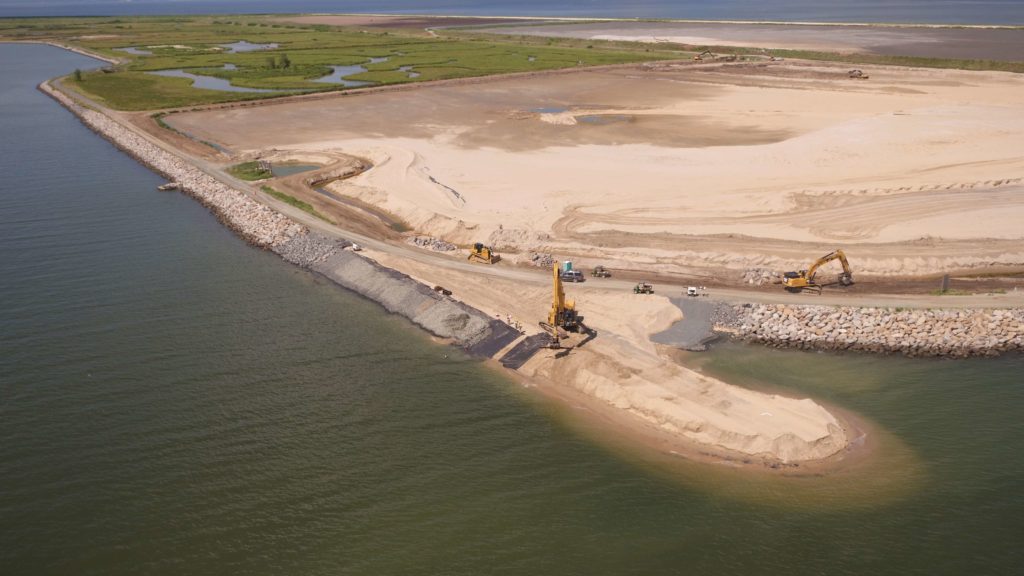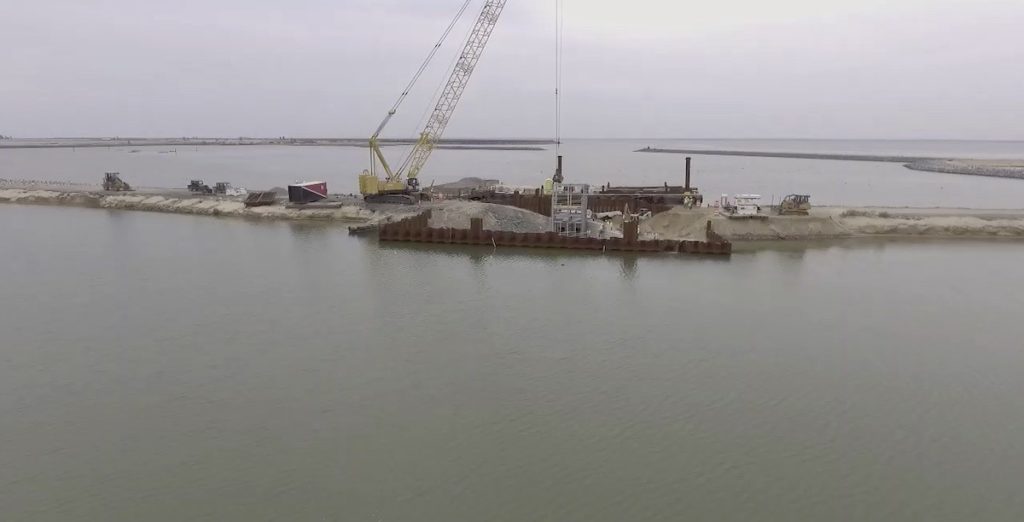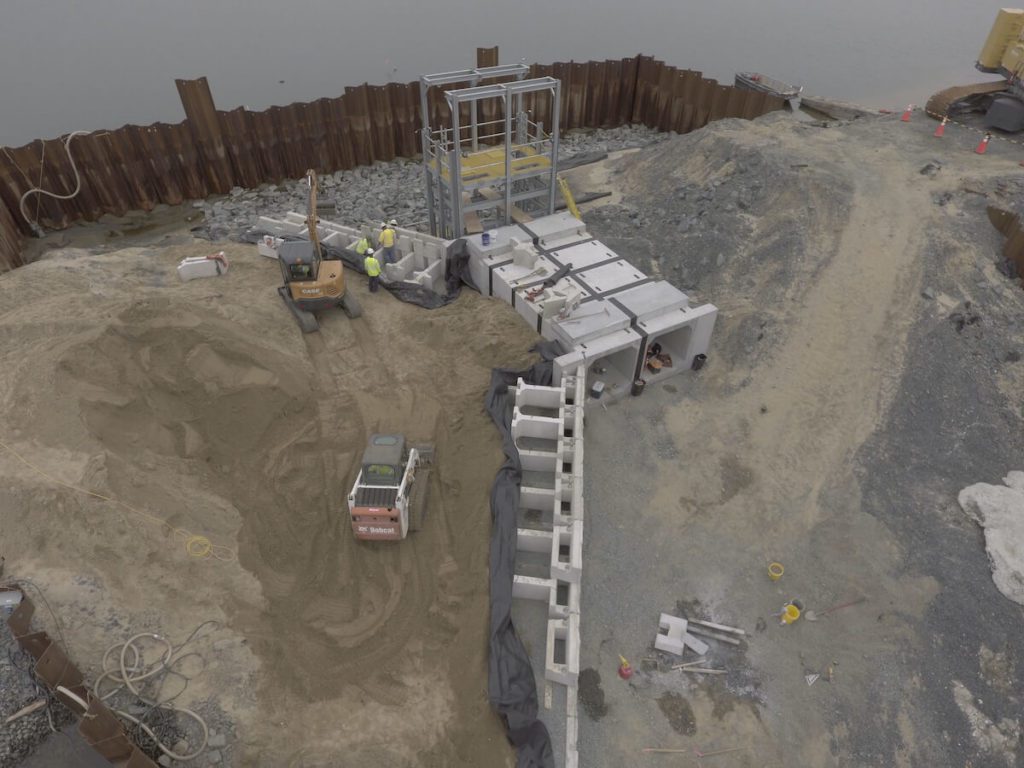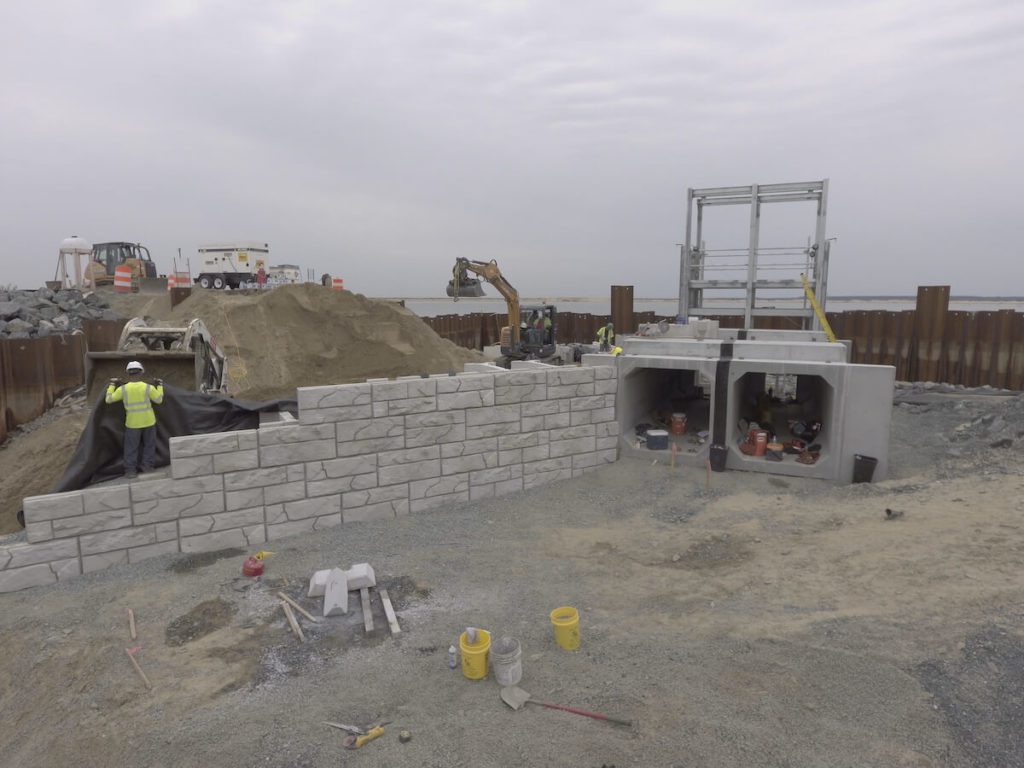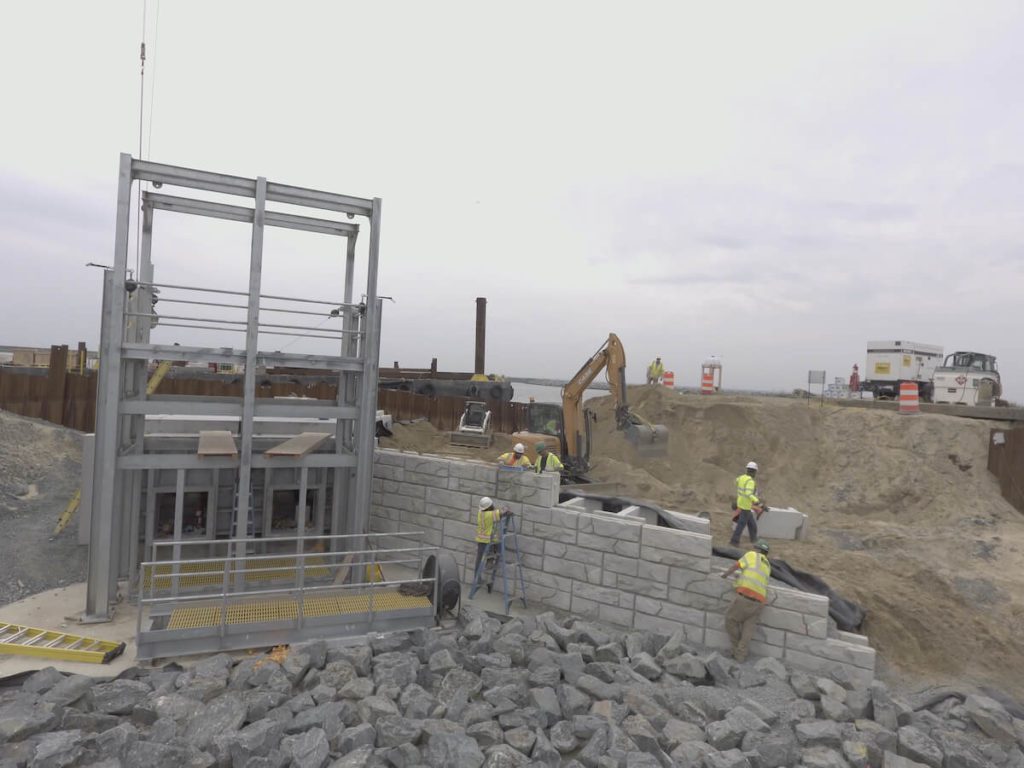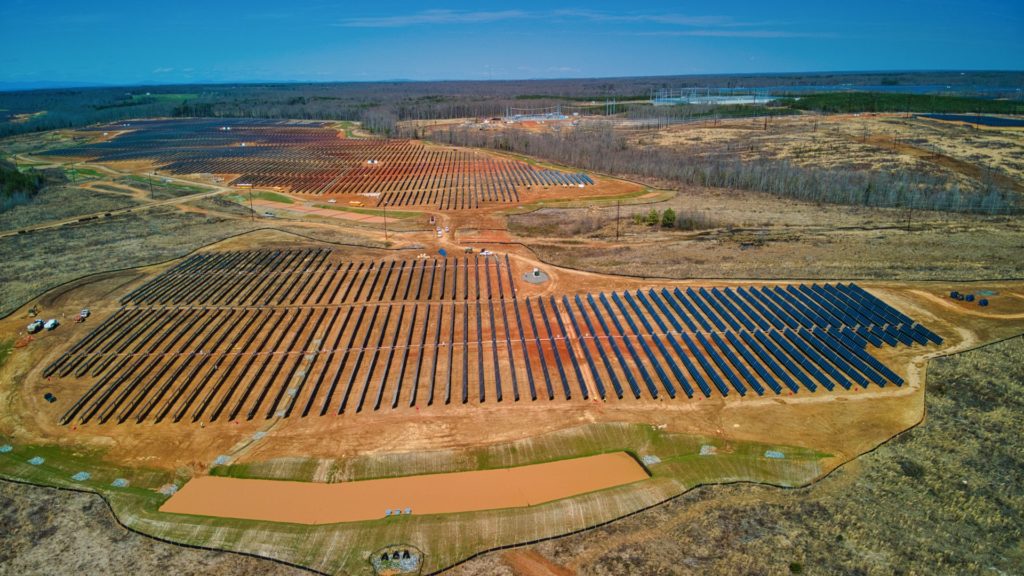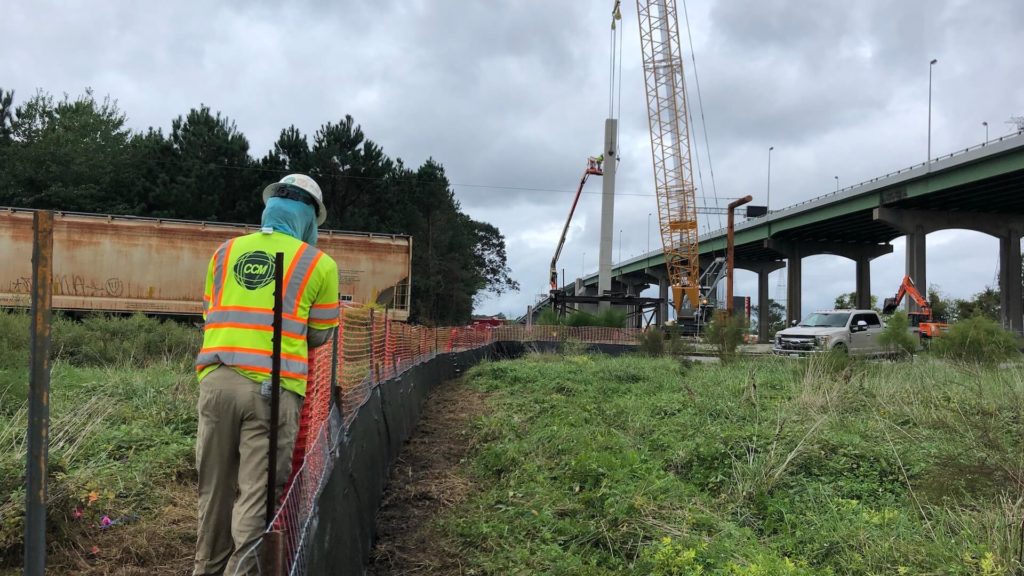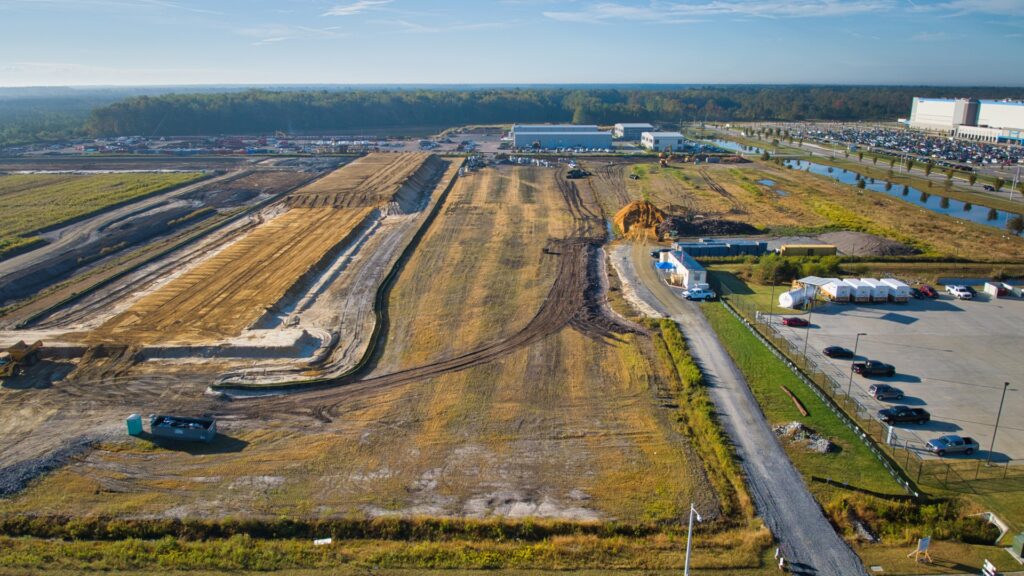Historic Restoration Project in Chesapeake Bay Proves a Greater Use for Dredge Spoils
Project Details
Sector:
Environmental Restoration
Location:
Talbot County, Maryland
Owner & Engineering:
Maryland Department of Transportation Maryland Port Authority
US Army Corps of Engineers
Contractors:
Precon Marine
Wesson Group
McLean Contracting Co.
Manufacturing Partners:
Thrace-LINQ
Earth Retention Systems
York Building Products
Critical Products:
High performance woven geotextile
Precast wall block
About the Poplar Island Expansion Project
The Poplar Island Restoration, formally known as the Paul S. Sarbanes Poplar Island Environmental Restoration Project, was completed on January 20, 2021 after almost 30 years of collaboration, construction and restoration. The Maryland Department of Transportation Maryland Port Administration (MDOT MPA) and the U.S. Army Corps of Engineers (USACE) led the landmark restoration project.
Years of coastal erosion diminished the mid-Chesapeake Bay island to less than 10 acres of land mass. In 2001, Poplar Island began receiving dredged material from the Port of Baltimore. These dredge spoils were used to rebuild the island into a series of upland habitats, wetland cells and open water embayment that totals 1,715 restored acres.
Now complete, the Poplar Island Restoration Project serves as an international model for the responsible and innovative use of dredge spoils.
Woven Geotextile Fabric Stabilizes Diversion Dikes
A series of diversion dikes surround the cells’ perimeters. These diversion dikes were stabilized with high strength woven geotextiles. Panels of high-performance woven geotextiles were sunk to the floor of the Chesapeake Bay using dredge boats and GPS monitoring. Once the panels were in place, tons of stone were dumped on top of the geotextile fabric. The woven geotextile fabric created a stable base for the diversion dikes by separating the sandy Chesapeake Bay floor from the rock structures. The high-performance geotextile panels were also placed along the diversion dike’s slopes to control erosion and prevent scouring. After the dikes were completed, the dredge spoils were added to the cells.
We began supplying geotextiles to contractors on the Poplar Island Expansion in 2015 and continued to supply material through multiple phases of construction until project completion.
Wall Block System for Spillway Structures
Geotextile fabrics were also used in the construction of the tidal structures. The design for Spillway 17 and Spillway 19 featured a big block gravity wall system with box culverts below and road access on top. The culverts allow water and marine life to flow into the wetland cells from the Chesapeake Bay.
Designing this wall system was complex. ERS had to account for tidal changes, scour, the sandy and unstable Chesapeake Bay floor and the USACE’s environmental standards.
Ultimately, MagnumStone was selected as the wall block. This block is manufactured with 9% recycled material and uses 40% less concrete than competing products. That meant MagnumStone was lighter and easier to transport. Using recycled material during manufacturing also made the wall block more environmentally friendly.
Another added benefit was the block’s light-color. The dark ribbed HDPE culverts used on other spillways proved to be intimidating for marine life. This was not an issue for Spillway 17 and 19’s culverts.
The box culverts are guarded by sluice gates that control tidal flow. The culverts are flanked by a segmental wall block system. Nonwoven geotextile fabric separates the wall block from sand and soil. Rip rap was placed at the base of the wall block for added protection.
Earth Retention Systems designed the wall system, York Building Products manufactured the Magnum Stone and McLean Contracting and Co. installed the materials that we supplied.
Explore More Projects
Are you bidding a similar project?
Contact our sales team for a competitive price quote.


